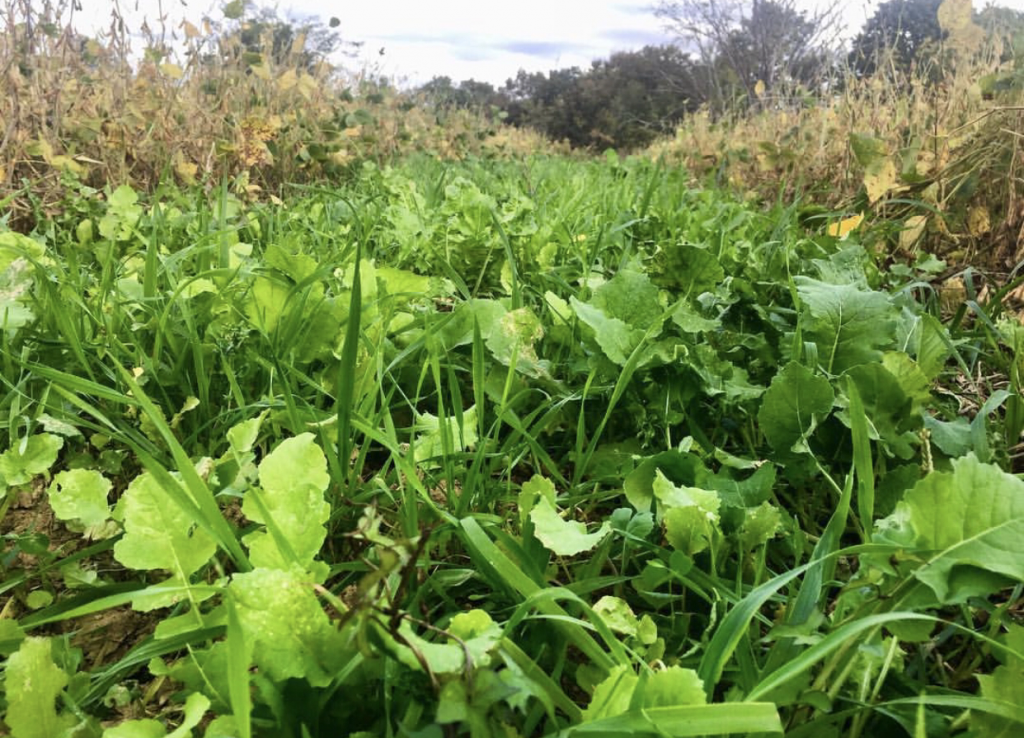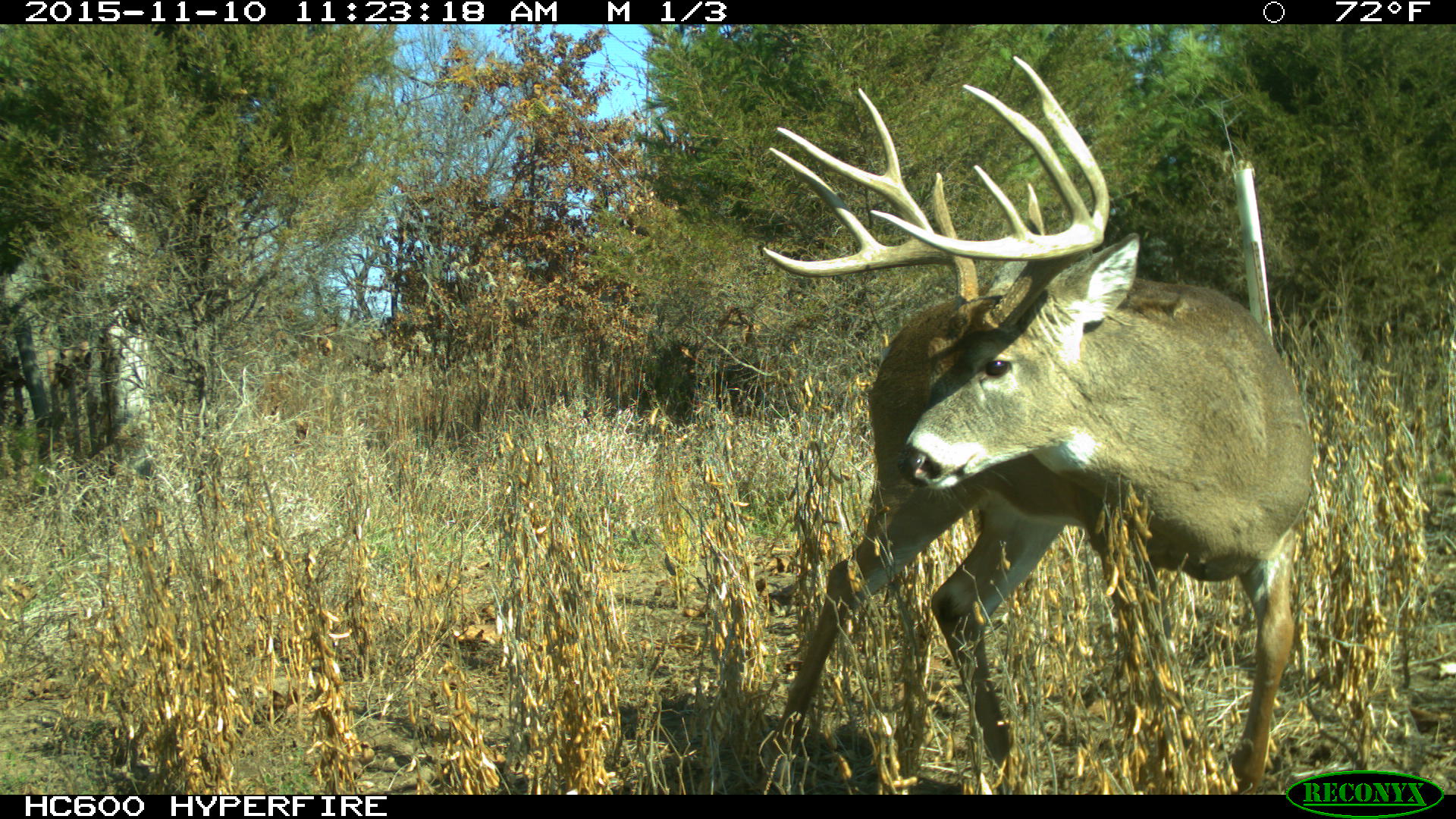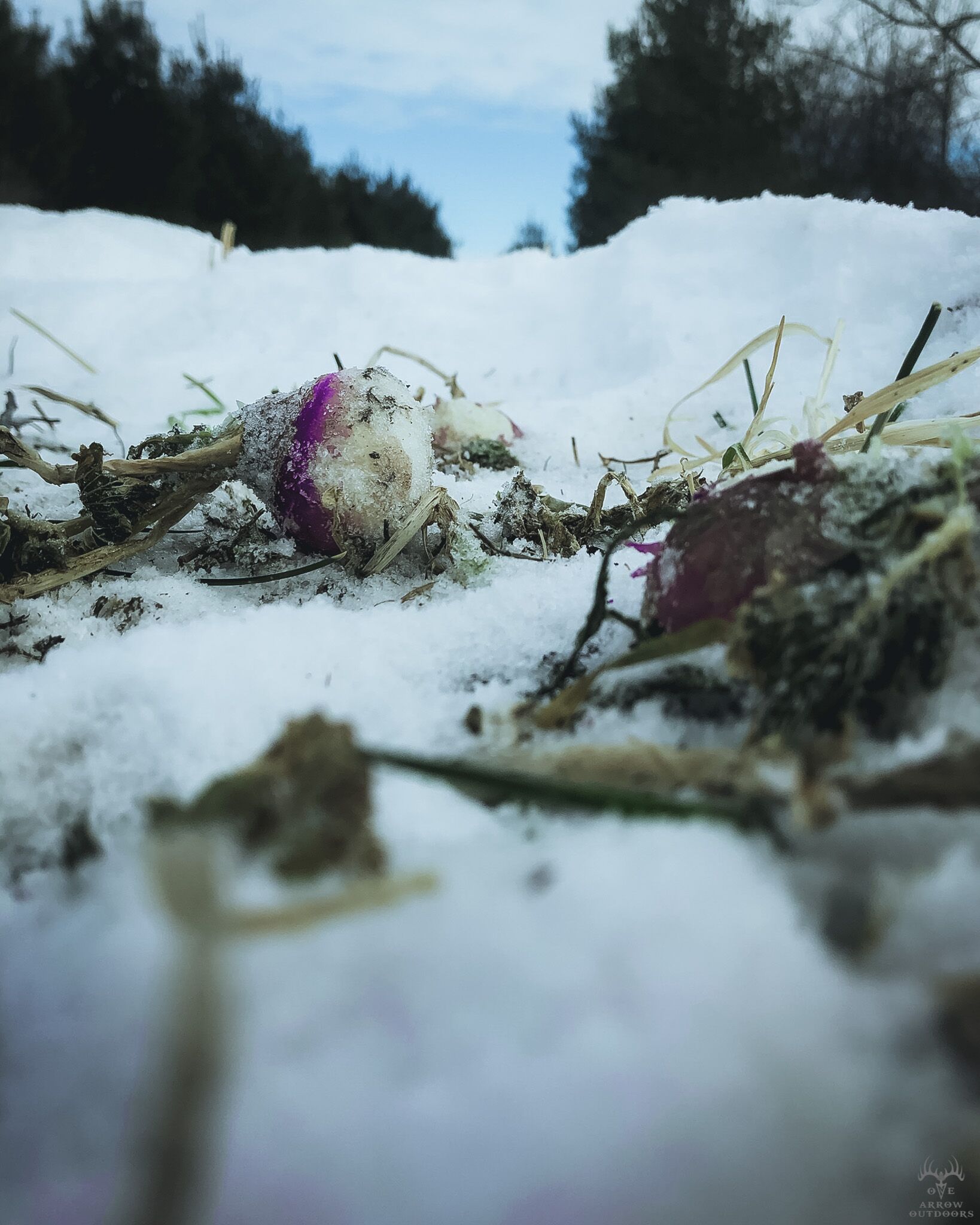
I have long preached the importance of nutrition to maximize the genetic potential of bucks on a property. This topic is covered in detail during my Whitetail Master Course and I talk about it with all my consulting clients. I strongly urge a diverse food-plot approach and complete nutrition program that offers high quality food for the local deer herd 365 days each year. A diverse food-plot program clearly helps meet the nutritional needs of deer.
There are also a lot of deer hunters who are utilizing food plots simply to help hold deer on their property during hunting season and make them more killable. Food-plot diversity is also important to these folks as a smorgasbord of palatable foods is much more attractive to deer than a single food source. In this situation diversity also keeps deer coming to your plots as various plant species reach peak palatability at different times.

Some land managers may think that they only have one food-plot so they don’t have the space to diversify their food sources. Well not so fast. I am going to lay out a simple plan for diversifying a single plot that will benefit both the serious land manager trying to grow the biggest bucks possible as well as the deer hunter just looking to draw deer near his stand locations.
I have made no secret that soybeans are by far my favorite plot crop. Soybeans will provide plenty of nutrient-dense browse from the time the seeds germinate and throughout the growing season but it is as a late season food source that soybeans really shine. This is when deer will be pulled to the soybean grain from long distances and when forage soybeans are a far inferior option. Soybeans are the foundation of the foodplot program that I employ on any property that I manage.

So let’s say that on a property I manage I only have a single plot. I will plant that entire plot in soybeans in late spring, no matter its size. As summer draws to an end I will observe my plot for browse pressure. If the entire plot is still full of good-sized soybean plants, I will over-seed the plot with either oats or Real Worlds Plot Topper so that the plot contains both greens and grain.
If that plot has browse pressure around the edges I will often disk around the edge of the plot just one or two passes depending on the condition of the soybean plants. This disked area around the plots edge will then be planted in Real Worlds Deadly Dozen and the remaining soybean area will be over-seeded with oats and/or Plot Topper. Again, I am left with a plot containing both greens and grain.
On occasion I have had entire soybean plots wiped out by hungry deer. This is fairly common with smaller plots. In this case I disk the ground and plant the entire plot in Deadly Dozen. While I am then missing the “grain”, the Deadly Dozen does offer 12 different plant species, again offering diversity.

I also use Real Worlds Clover-n-Chicory blend to add diversity to a property. I plant this clover based blend on access paths, logging roads, small open areas and sometimes around the edge of plots that are planted to other blends. Clover is one of the first plants to green up in the spring and helps get deer off to a great start to the antler growing and fawning season.
Plant diversity is important for a couple of reasons. From a nutritional standpoint, different plants offer different key nutrients. For example soybeans are high in protein and Real Worlds Generation-2 soybeans are also very high in fat, an often overlooked nutrient that deer crave. Other plants offer different key nutrients.
Plant diversity is also key for season-long attraction. Different plants will reach peak palatability at different times of the season. Real World Clover Chicory Blend was designed with this in mind. In addition to our clover blend, we developed Deadly Dozen after several years of testing different plant species and why Deadly Dozen is such an important part of my own food-plot program. With 12 different plant species in the blend, there is always at least a couple of plants that are offering great attraction from the time the seeds start to germinate, all through the entire hunting season and into the next spring. In other words the plants in Deadly Dozen that deer are picking from the plot in October will be totally different than the plants they are eating in December. It is a continual evolving plot as nitrate levels and sugars change within the different plants affecting palatability.

If you have never planted a diverse offering of plant species in your plots or thought that your single plot limited the diversity you could provide, hopefully this article will provide some ideas that you can use to take your property and your hunting success to the next level. Just as a wise investor diversifies his investments, so too should a wise food-plotter diversify his plant offerings.